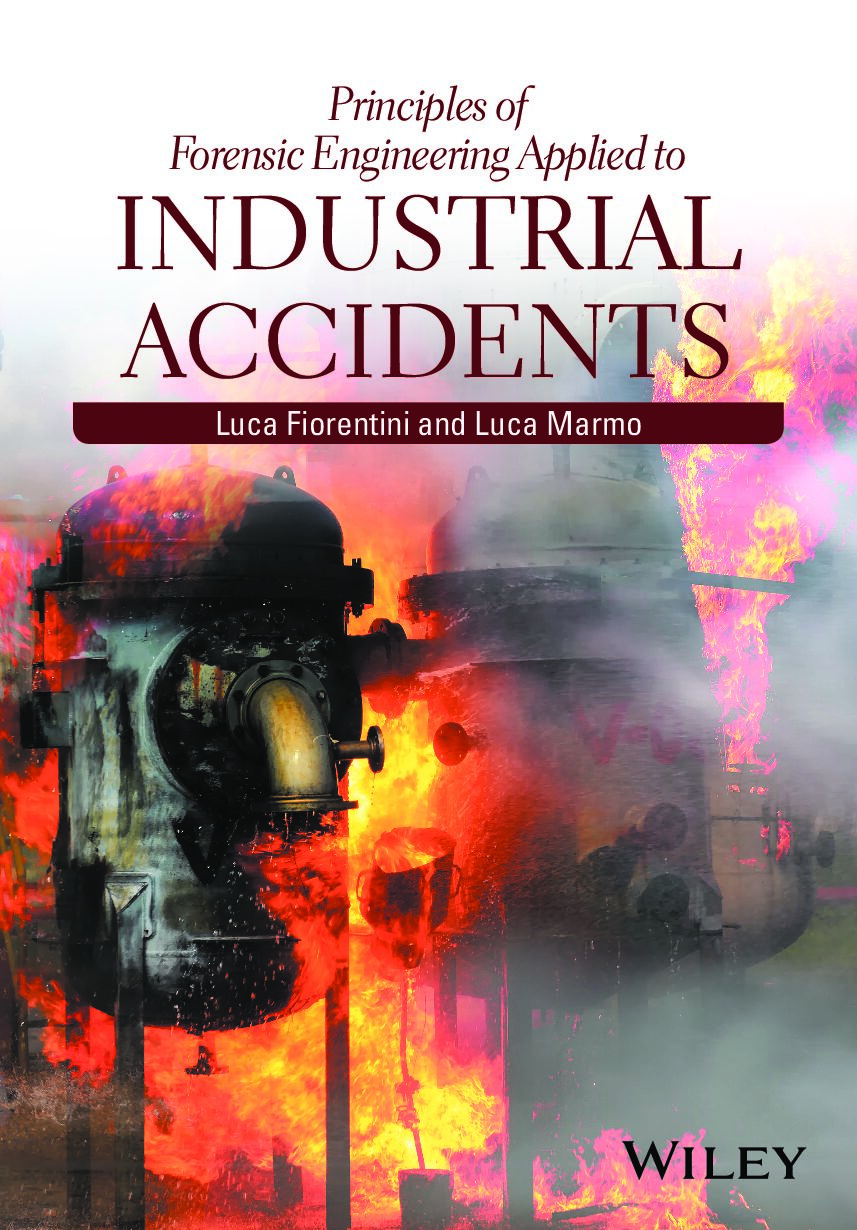Luca Fiorentini, Luca Marmo
Wiley, 2019
520 pp., inglese
L’ingegneria forense dovrebbe essere vista come un approccio rigoroso alla scoperta delle cause radice che portano a un incidente o quasi incidente. L’approccio dovrebbe essere adatto a identificare sia le cause immediate sia i fattori sottostanti che hanno influenzato, amplificato o modificato gli eventi in termini di conseguenze, evoluzione, dinamiche, ecc., Nonché il contributo di un eventuale “errore umano”. Questo libro è un volume conciso e introduttivo alla disciplina dell’ingegneria forense che aiuta il lettore a riconoscere il legame tra quegli aspetti importanti e molto specializzati dello stesso problema nella strategia globale di apprendimento dagli incidenti (o quasi incidenti). Il lettore trarrà vantaggio da un unico punto di accesso a questa letteratura tecnica molto ampia che può essere compresa correttamente solo con i giusti termini, definizioni e collegamenti in mente.
Il testo:
- presenta casi semplici ma reali, oltre a fornire una panoramica di quelli più complessi, ciascuno di essi indagato all’interno dello stesso quadro;
- fornisce ai lettori la bibliografia per accedere ad aspetti specifici più approfonditi;
- offre una panoramica delle metodologie e delle tecniche più comunemente utilizzate per indagare sugli incidenti, comprese le prove che dovrebbero essere raccolte per definire la causa, le dinamiche e le responsabilità di un incidente industriale, nonché i metodi più appropriati per raccogliere e preservare le prove attraverso un catena di sicurezza appropriata.
Il volume è una lettura essenziale per ricercatori e professionisti in ingegneria forense, nonché studenti laureati in ingegneria forense e altri professionisti operanti nel settore tecnico ed HSE.
Il volume è introdotto da prefazioni di esperti di rilevanza internazionale tra cui:
- Gioacchino Giomi (già Capo del Corpo Nazionale dei Vigili del Fuoco);
- Bernardino Chiaia (Vice Rettore del Politecnico di Torino);
- Kong Fah Tee (docente presso l’Università di Greenwich ed editor-in-chief del Journal of Forensic Engineering).
L’opera è stata selezionata tra le migliori 11 opere scientifiche (“must read book”) del 2019 dall’ASME (American Society of Mechanical Engineers).
[…]Forensic engineering has been defined by Wikipedia as “the investigation of failures – ranging from serviceability to catastrophic – which may lead to legal activity, including both civil and criminal.” Generally, the purpose of forensic engineering investigation is to locate cause or causes of failure with a view to improve performance or life of a component, or to assist a court in determining the facts of an accident. It can also involve investigation of intellectual property claims, especially patents.
This book is a concise introduction of forensics engineering as applied to industrial accidents. It provides a rigorous approach to the discovery of root causes that lead to an accident or near-miss. The approach used helps to identify both the immediate cause(s) as well as the underlying factors that affected, amplified or modified the events and eventual human error.
The book covers simple real cases and an overview of more complex ones, an overview of the most commonly used methodologies and techniques for investigating accidents, methods for collecting and handling evidence, and an overview of the common mistakes that can lead to the wrong conclusion or loss of proof.
Some of the industrial accidents described in this book include Seveso, Bhopal, Flixborough, Deepwater Horizon drilling rig explosion, San Juanico, and the Buncefield disasters. These are all major industrial accidents that have been analyzed to illustrate the forensic methods used to determine the causes and methods used to perform an investigation. Examples of some of these methods cover sample collection and preservation, interviewing techniques, and evidence analysis. Investigative methods explore human factors, human error, root cause analysis and others. These are tools used to help determine the cause(s) for the failure.
The book also provides recommendations for implementing safety improvement and ways to develop recommendations for improving safety. How to handle near misses and how to treat them and how to choose the best corrective actions are some examples of lessons learned.
In addition to the major disasters described earlier in the book, there are also quite a number of case studies described that are on a smaller scale than the previously described major disasters but are more likely to be more frequently encountered. These examples provide insight into what to look for in similar situations. These examples coupled with the methodologies presented provide a sound foundation for learning about forensics engineering.
Thus, this book is suitable as an introductory volume for those who want to know more about forensic engineering methods, especially focused on industrial accidents. These readers might include safety managers, risk managers, engineering consultants, attorneys, authorities having jurisdiction, judges, and prosecutors. While there are more specialized books available on certain topics, this book is intended as an overview and is especially useful as a way to learn from real accidents or near misses to improve safety and understand how failures can occur.
[…]


